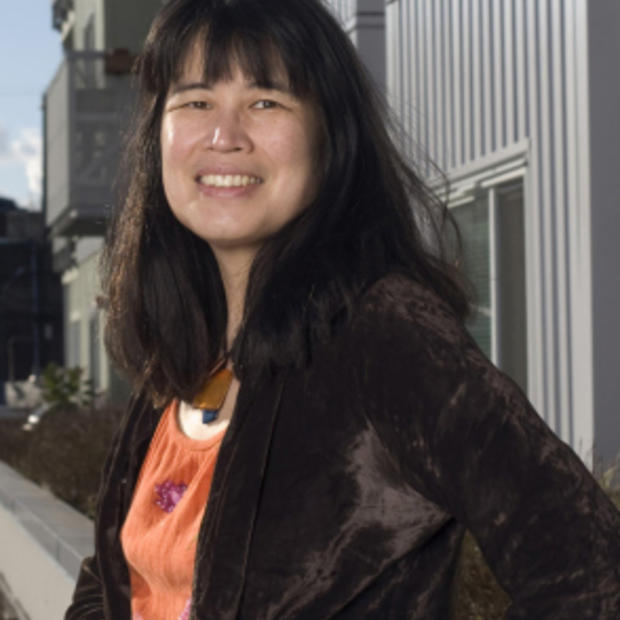Sharon Lee is the founding Executive Director of the Low Income Housing Institute.
The mandate from public health officials is clear: stay home, stay separate, stay clean. First of all, you can't stay home without a home, so all available resources should go towards ensuring every person has a safe, clean, warm and separate place to live. Homeless people are frequently elderly or in poor health, the two highest risk populations for COVID-19. Traditional shelters with barrack-style sleeping arrangements are problematic for social distancing; having people sleep inches away from each other is dangerous.
The 13 tiny house villages in Seattle, Tacoma and Olympia are a better shelter option than traditional shelters because they provide separate living and sleeping spaces. With the support of thousands of volunteers, over 400 insulated and heated tiny houses have been built across the region, helping more than 1,000 people annually. The villages have hot water, showers and hygiene supplies that allow residents to follow recommended COVID-19 hygiene protocols. Food, clothing and other essentials are also available to residents. Additionally, the villages provide on-site case managers that help move residents into permanent housing, outperforming traditional shelters in Seattle and King County.
Tiny house villages can make a significant positive contribution to flattening the curve of disease transmission in our region. Federal, state and local governments should allocate funds so that we can shelter every single person separately and safely in accordance with Centers for Disease Control and Prevention guidelines. New villages can be set up in less than three weeks and can house thousands of homeless people during and after the pandemic. At considerable public expense, King County recently announced an effort to move 400 homeless people into hotels. Can paying for hotel stays be sustainable? Will vulnerable people be forced to return to the streets after — or even during — the pandemic?
Tiny house villages are fast, affordable and far safer than shelters. We must build more, and fast.
READ MORE IN OUR SAVING WASHINGTON SERIES
- Lisa Daugaard on front line care workers
- Marcus Courtney on ending medical bankruptcy
- John Burbank on supporting child care workers
- Xochitl Maykovich and Edmund Witter on rent relief
- Mike McGinn on a wealth tax
- Jacob Vigdor on the balanced budget provision
- Chris Vance on letting the feds help
- Jessyn Farrell on infrastructure investments
- Paul Guppy on property tax relief
- Karen Fierro Ruiz and Abigail Scholar on supporting undocumented workers



